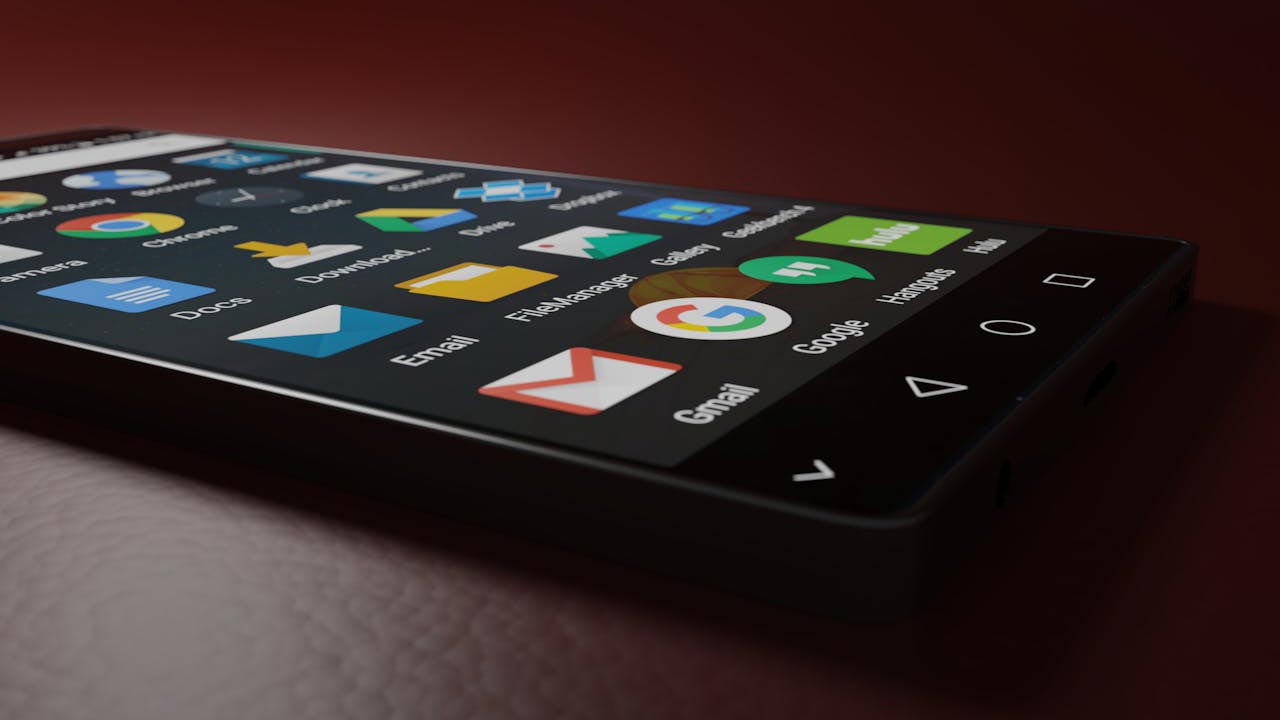
Smartphones have become indispensable, and Android devices offer some crucial features that could potentially save lives. By configuring the right settings, you can enhance your safety and preparedness in emergencies. Let’s explore these life-saving settings on your Android phone.
Emergency Location Service
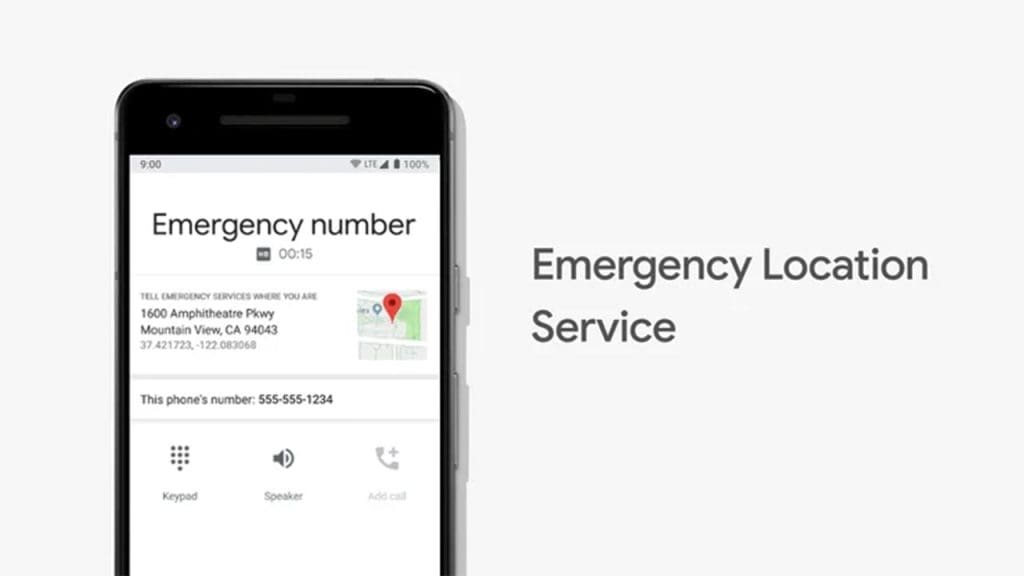
One of the most critical features on your Android phone is the Emergency Location Service (ELS). When enabled, this feature automatically sends your location to emergency services when you dial an emergency number. It’s a game-changer, especially in situations where you might be unable to communicate your whereabouts. Setting up ELS is a straightforward process, and it’s worth the few minutes it takes. Ensure your phone’s settings support this feature, and you’ll have peace of mind knowing help can find you when it matters most.
Medical Information Access
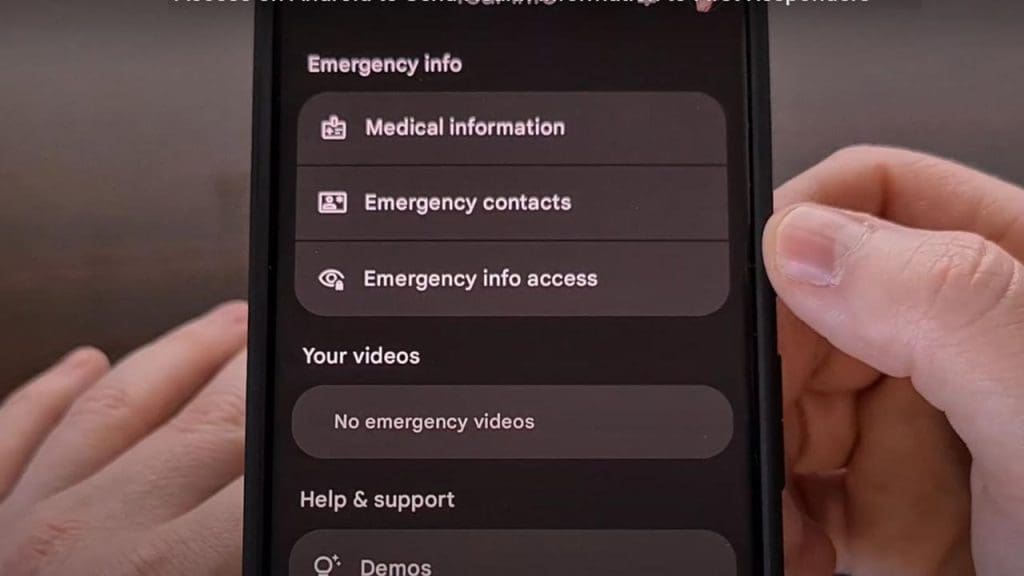
Having your medical information readily accessible can be crucial in emergencies. Many Android phones allow you to add medical details such as allergies, blood type, and current medications. This information is accessible from the lock screen, providing first responders with vital data without needing to unlock your device. Take a moment to fill this out — it could make all the difference in a life-threatening situation.
SOS Messages
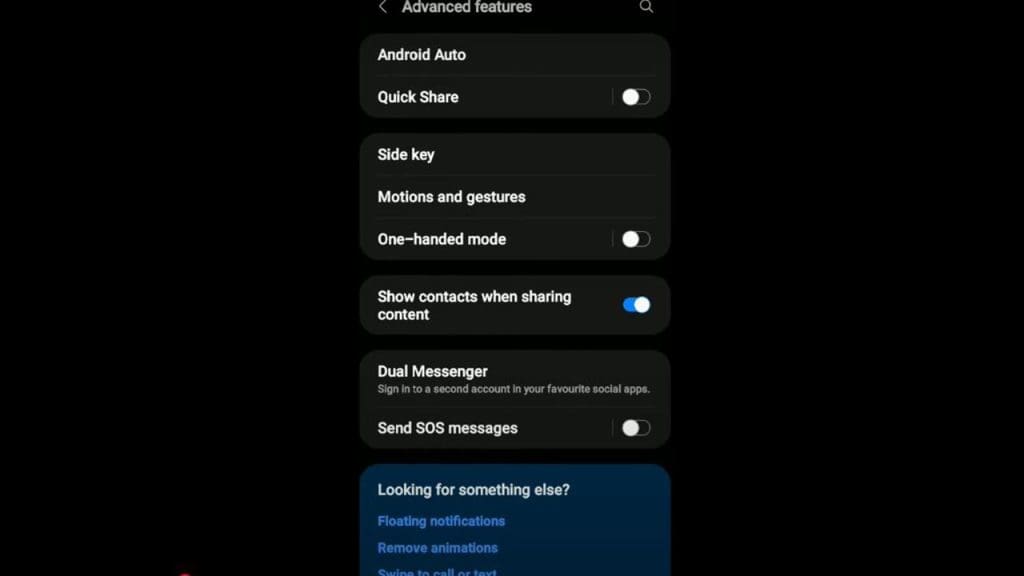
Android’s SOS Messages feature lets you quickly alert designated contacts during emergencies. By pressing the power button multiple times, your phone can send messages, location details, and even photos from the front and rear cameras. This feature is invaluable if you find yourself in danger or need immediate assistance. Customize your SOS settings to include trusted contacts and personalize the message for optimal effectiveness.
Emergency Contacts
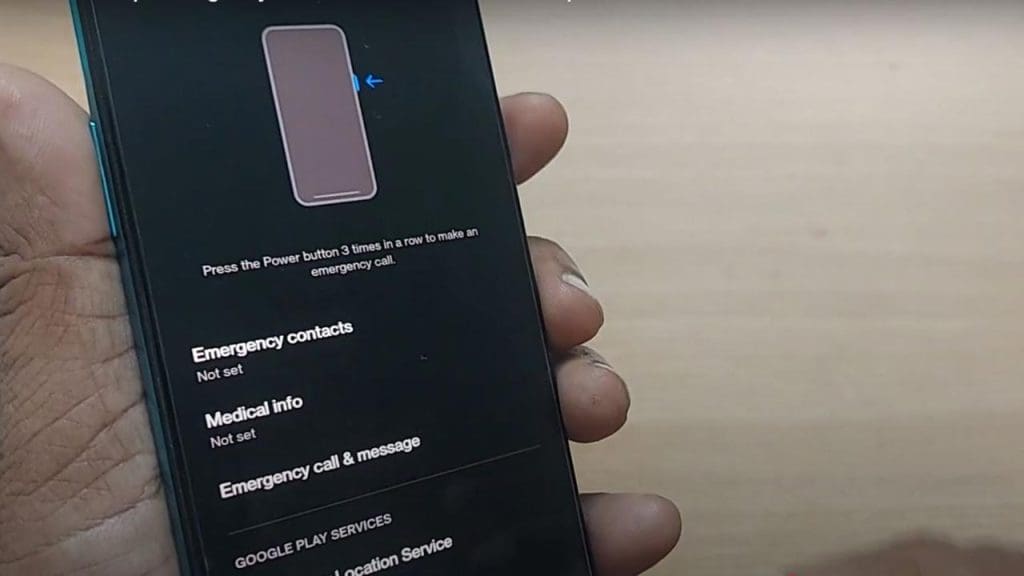
Setting up emergency contacts is a simple yet effective way to ensure help is just a call away. By designating certain people as emergency contacts, they can be reached even if your phone is locked. This feature is particularly useful for children or the elderly who may need quick access to family members or caregivers. Regularly update your emergency contacts to keep this list current and reliable.
Location Sharing
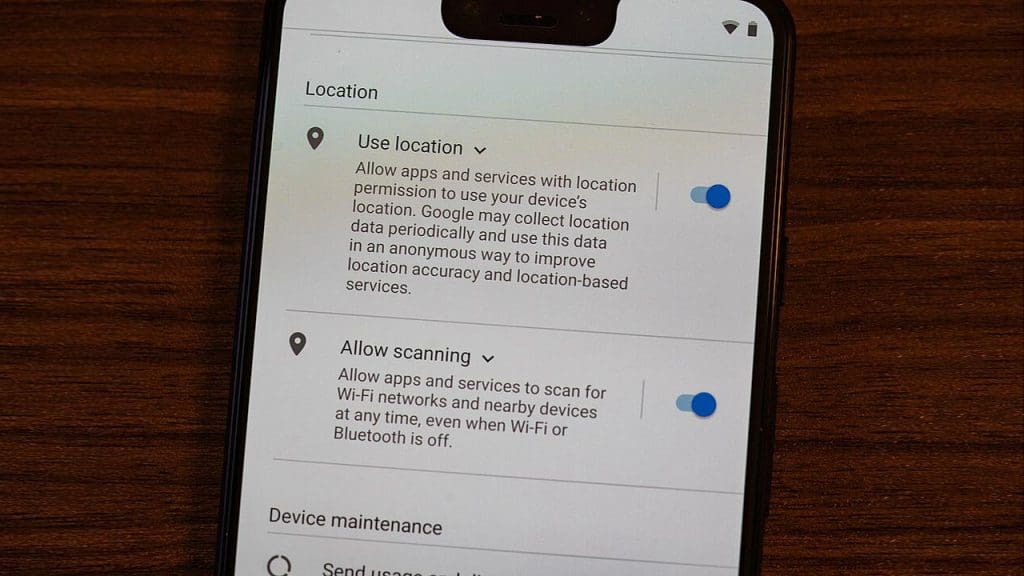
Location sharing is another crucial feature that can enhance your safety. By enabling real-time location sharing with trusted individuals, you ensure that someone always knows where you are. This is especially useful when traveling alone or venturing into unfamiliar areas. Customize your sharing settings to allow only specific contacts access to your location, thereby maintaining your privacy while staying secure.
Do Not Disturb Preferences
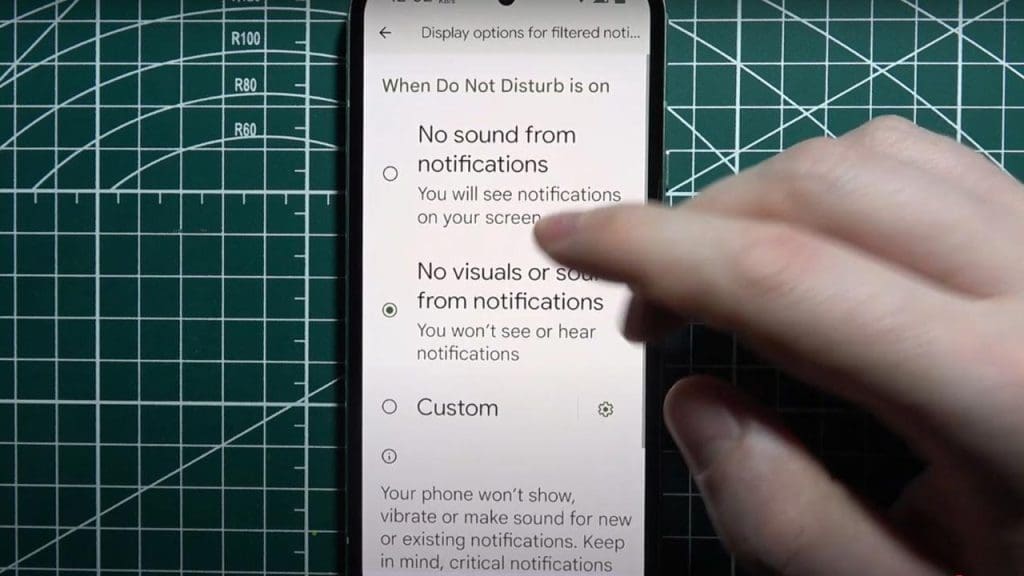
While not immediately obvious, configuring your Do Not Disturb preferences can be essential. By allowing calls from certain contacts even when your phone is on silent, you ensure that emergency calls always get through. Customize the settings to prioritize alerts from apps or individuals that may be critical in urgent situations. This balance between tranquility and accessibility can be crucial for both mental peace and safety.
Battery Saver Mode

Battery Saver Mode can be a lifesaver in situations where charging options are limited. This mode extends your phone’s battery life by reducing background activity and limiting certain functions. It’s a useful feature during emergencies, ensuring your phone remains operational for as long as possible. Familiarize yourself with how to activate and customize this mode, so you’re prepared to conserve battery when needed.
Offline Maps
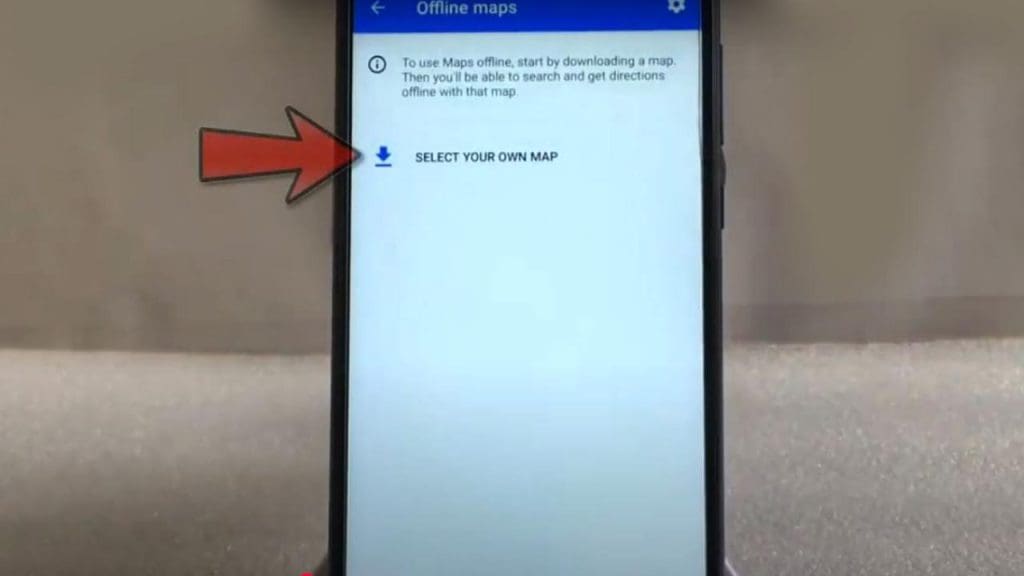
Having access to offline maps can be invaluable, especially if you find yourself without internet access. Android allows you to download maps for offline use, ensuring you can navigate even when there’s no connectivity. This feature is particularly useful in remote areas or during emergencies when data networks may be down. Regularly update your downloaded maps to ensure you have accurate and current information.
Security and Privacy Settings
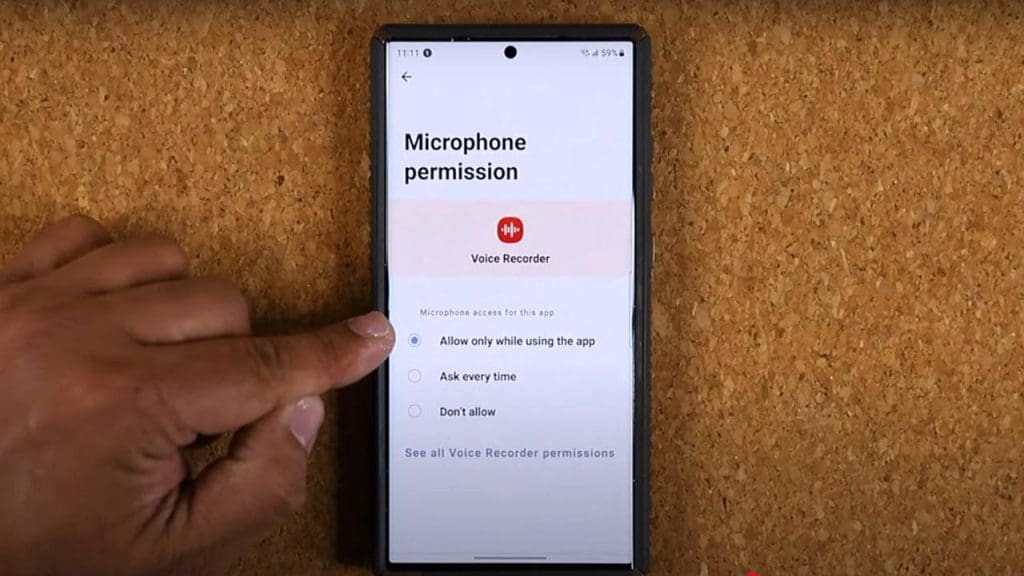
Maintaining robust security and privacy settings on your Android phone is crucial for protecting your personal data. By enabling features like two-factor authentication and biometric locks, you safeguard your information against unauthorized access. Regularly review these settings and update them to protect yourself from potential security threats, ensuring your information is always secure.
Trusted Contacts and Devices
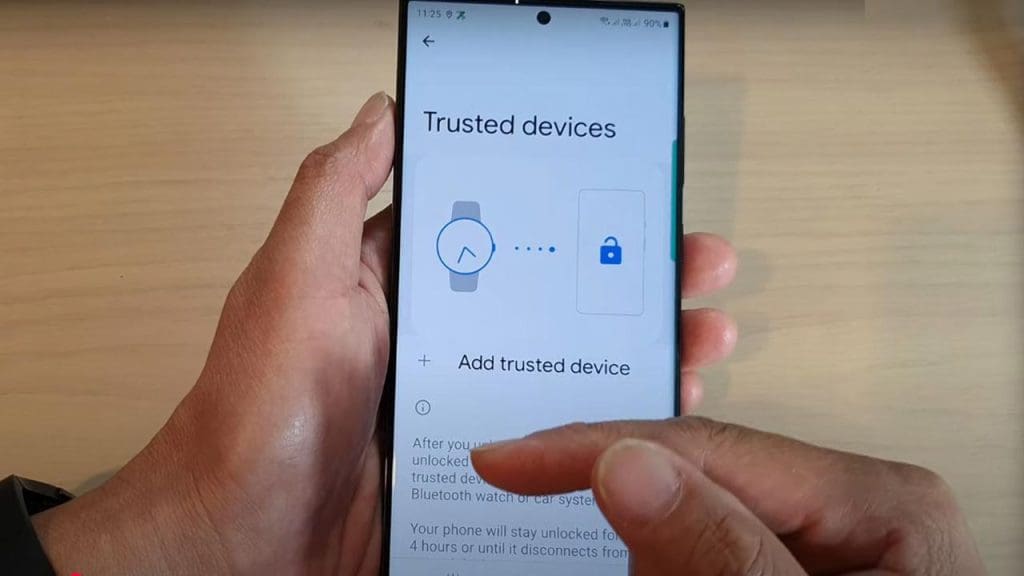
Android’s Trusted Contacts and Devices feature allows you to designate specific contacts and devices that can bypass certain security measures. This can be crucial in emergencies when you need someone to access your phone quickly. By setting up trusted contacts, you ensure that your phone’s security doesn’t hinder urgent assistance. Regularly update this list to include the most reliable and relevant contacts and devices.